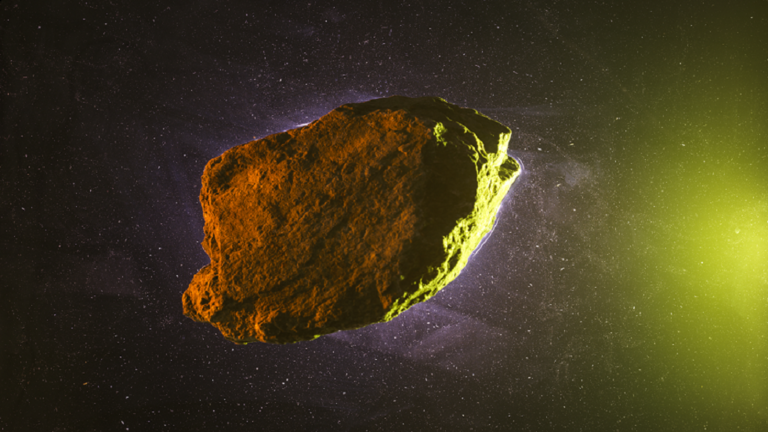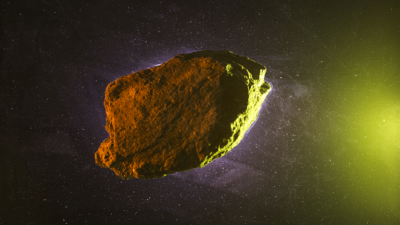It has been revealed that NASA's first "planetary defense" spacecraft - sent to divert the path of an asteroid 6.8 million miles from Earth - is on course to collide with it at a speed of 15,000 miles per hour next month. The Double Asteroid Redirection Test (DART) was launched last November for a nearly year-long journey to impact the small asteroid Dimorphos, which orbits a larger body called Didymos. Six nights of observations using powerful telescopes have now confirmed that Didymos' orbit is perfectly aligned with NASA's $325 million DART spacecraft. These observations confirmed previous orbital calculations from 2021 and were conducted in July by the Lowell Discovery Telescope in Arizona and the Magellan Telescope in Chile.
Andy Rivkin, head of the DART investigation team at Johns Hopkins University’s Applied Physics Laboratory in Maryland, stated, "The measurements made by the team in early 2021 were critical to ensuring DART reached the right place at the right time for its kinetic impact on Dimorphos. The confirmation of these measurements with new observations reassures us that we do not need any course adjustments and are indeed on the right path." Didymos and Dimorphos will have their closest approach to Earth in years in late September, passing at a distance of about 6.7 million miles (10.8 million kilometers) from the planet.
When the spacecraft impacts Dimorphos, the plan is for it to alter its speed by a fraction of a percent. Although the space rock, which is 525 feet wide, poses no threat to Earth, NASA aims to measure the asteroid's orbital change resulting from the collision. This demonstration of "planetary defense" will inform future missions that could one day save Earth from a deadly asteroid impact. Nancy Chabot, the mission lead from Johns Hopkins University’s Applied Physics Laboratory, noted that this will not destroy the asteroid but will give it a slight nudge. She added that Dimorphos completes an orbit around Didymos every 11 hours and 55 minutes "just like clockwork."
DART's target is a collision that would slow Dimorphos' movement and cause it to fall closer to the larger asteroid. The change in the orbital period will be measured by telescopes on Earth, with a minimum required change for the mission to be considered successful set at 73 seconds. The DART technology could be useful in altering an asteroid's trajectory years or decades before it could potentially strike Earth with catastrophic consequences. NASA stated that a small nudge "will add a significant change to its future position, thereby keeping the asteroid and Earth out of a collision course." Scientists are continually searching for asteroids and charting their paths to determine whether they could reach the planet. NASA aims for the impact to be as forward as possible "to create the largest deflection," but DART will not "destroy" the asteroid.




